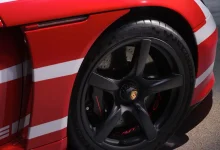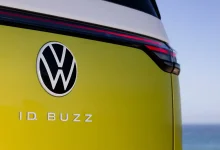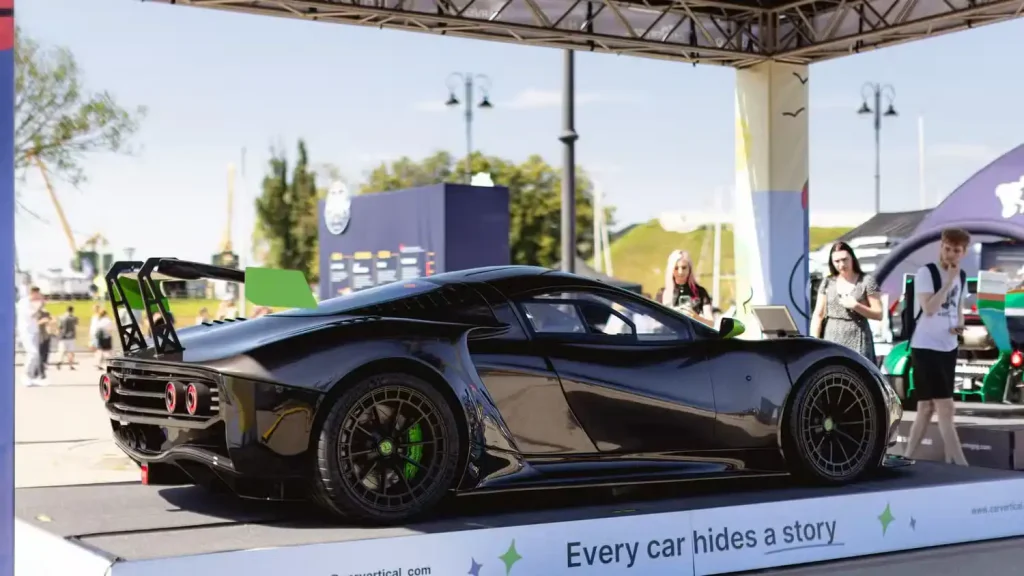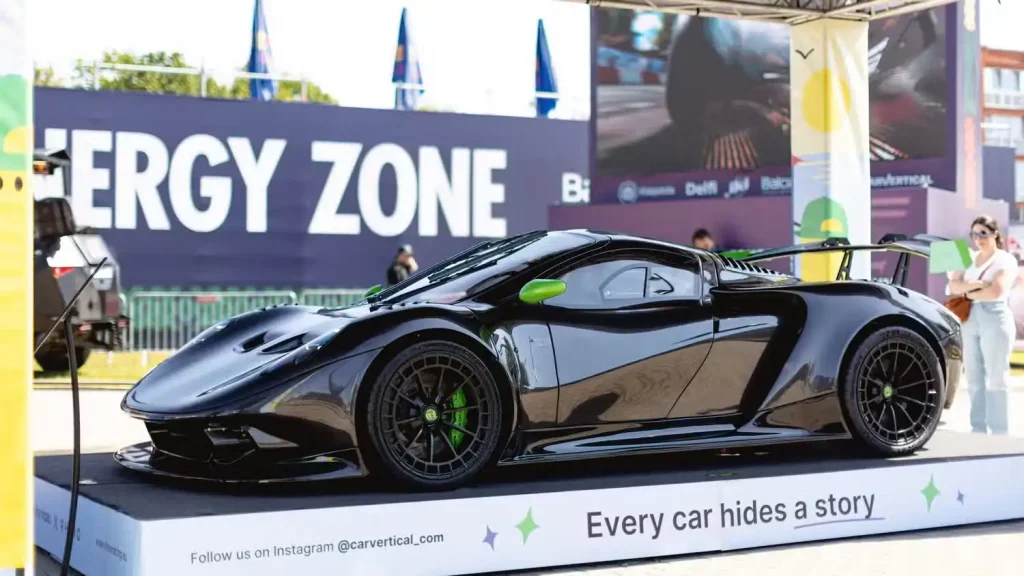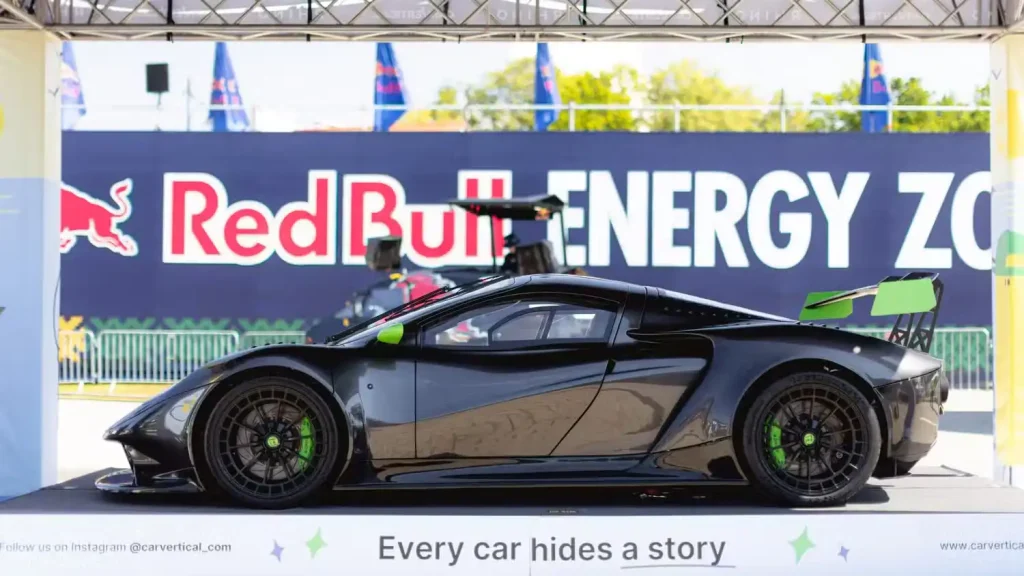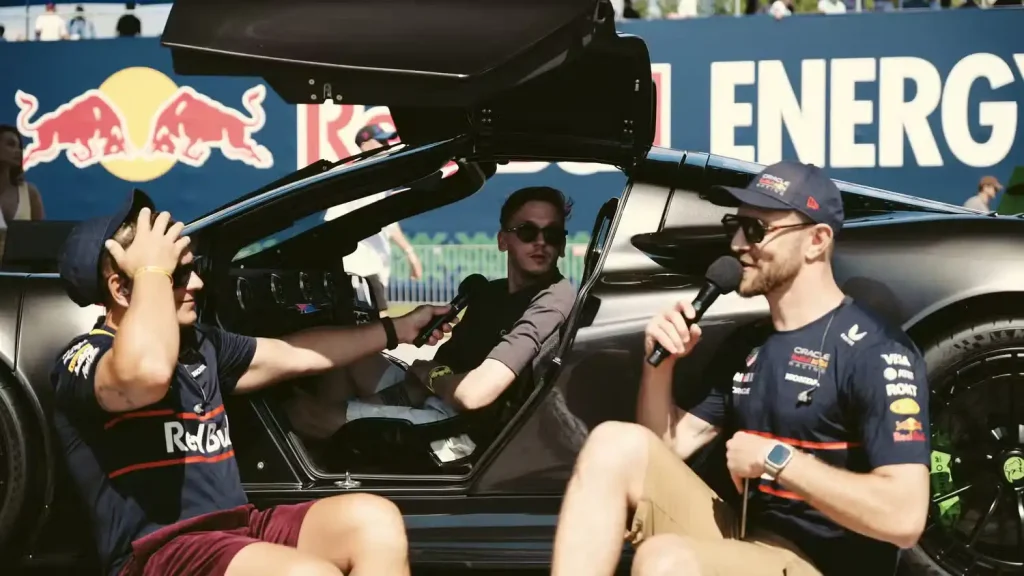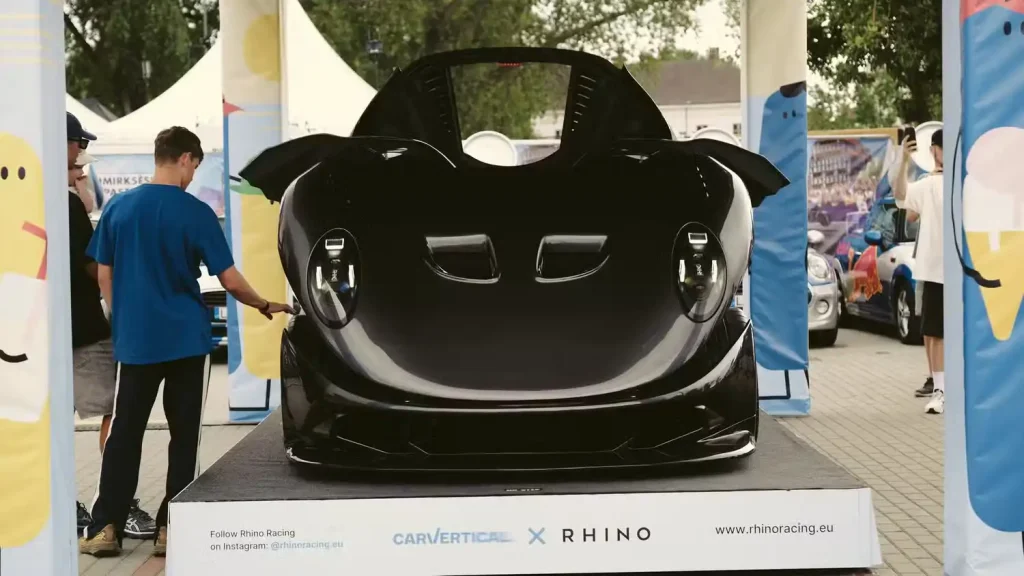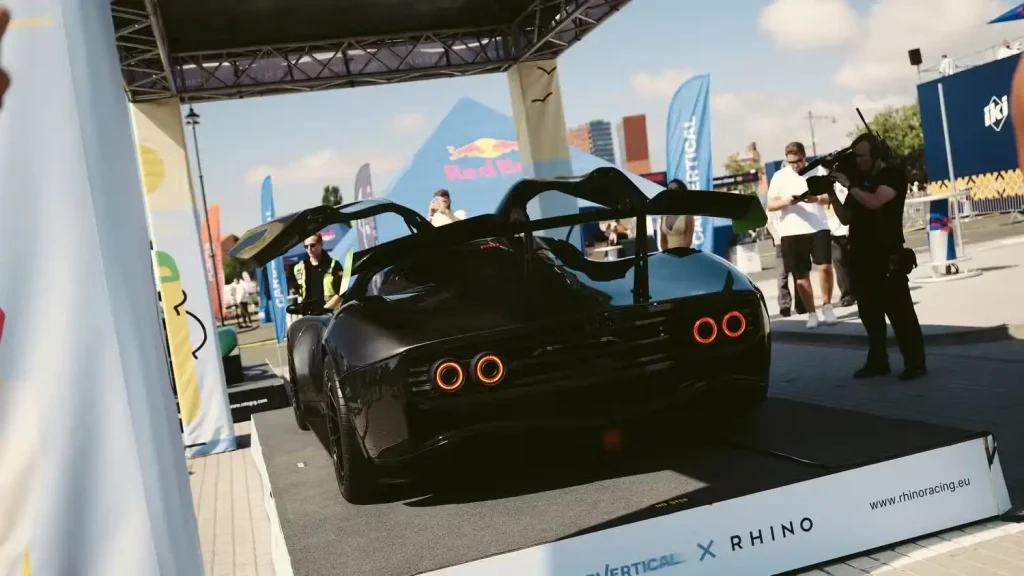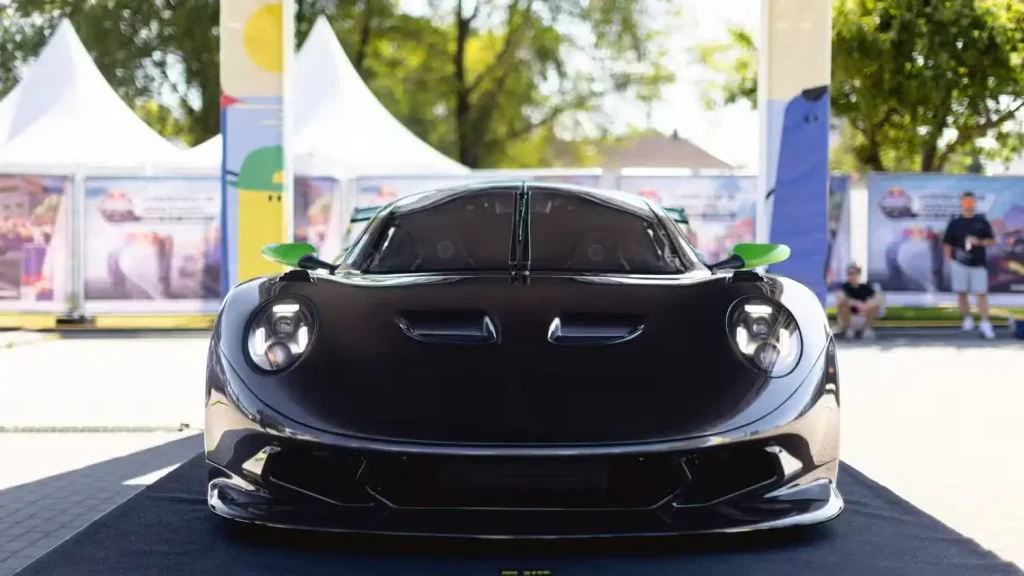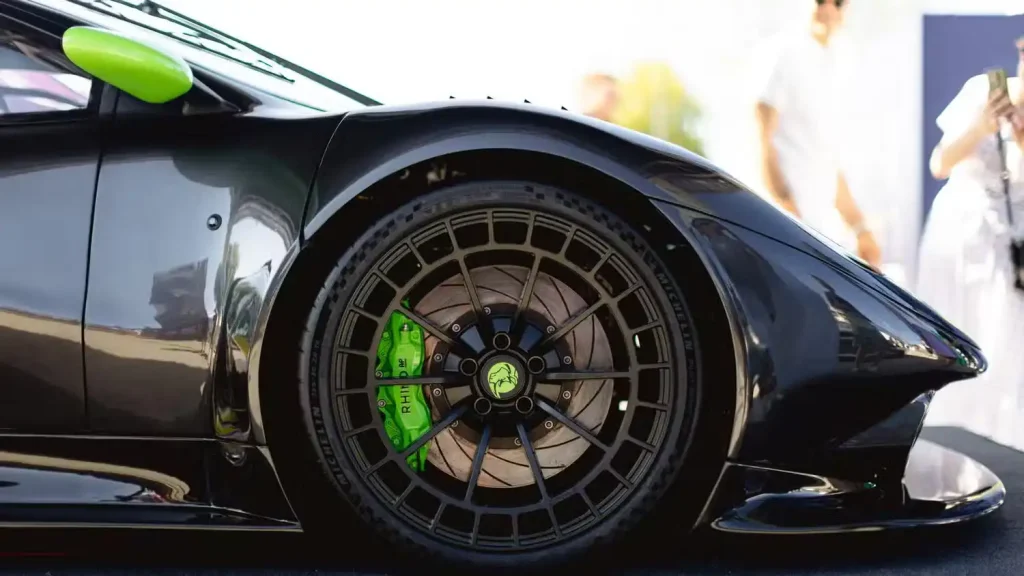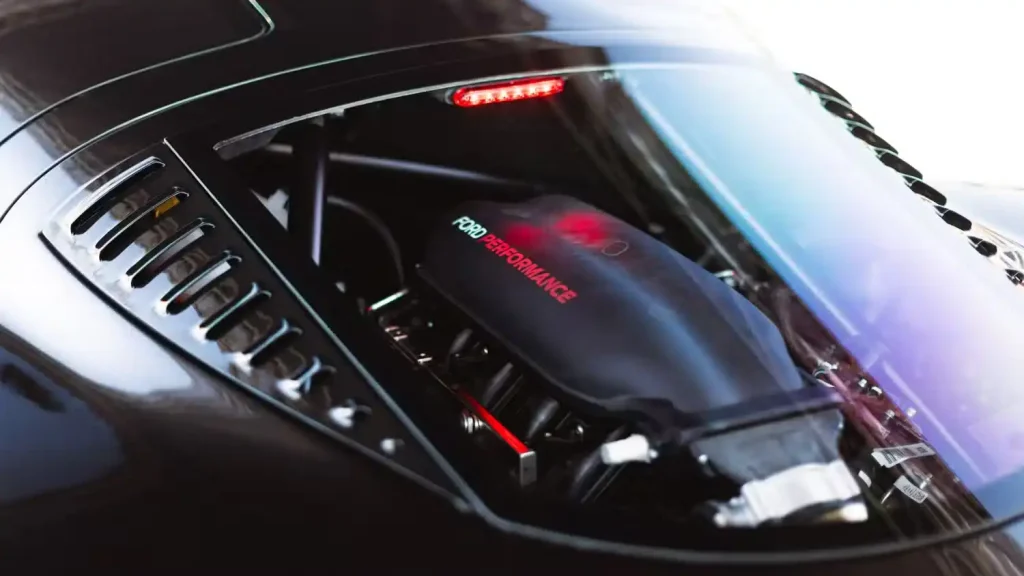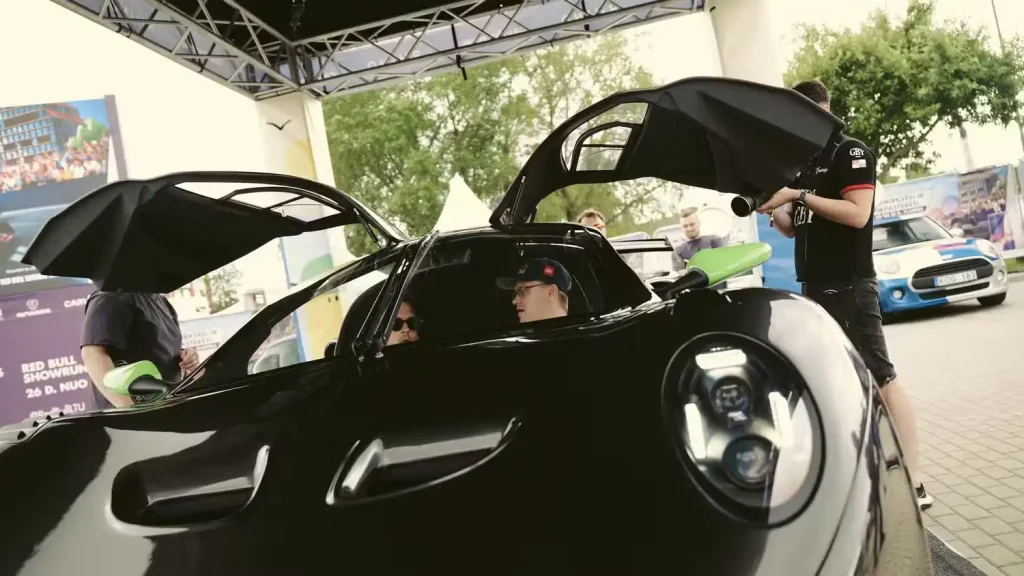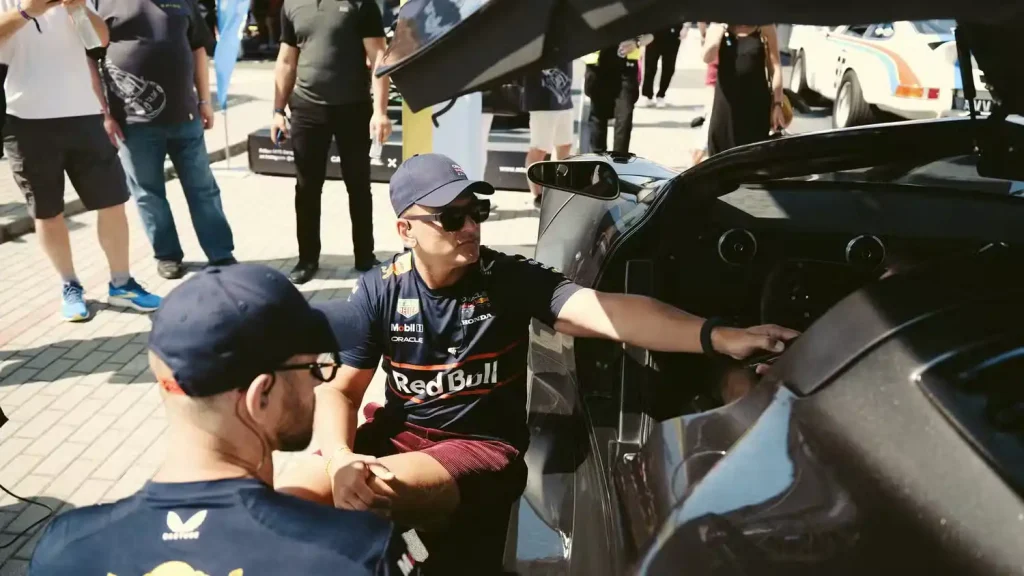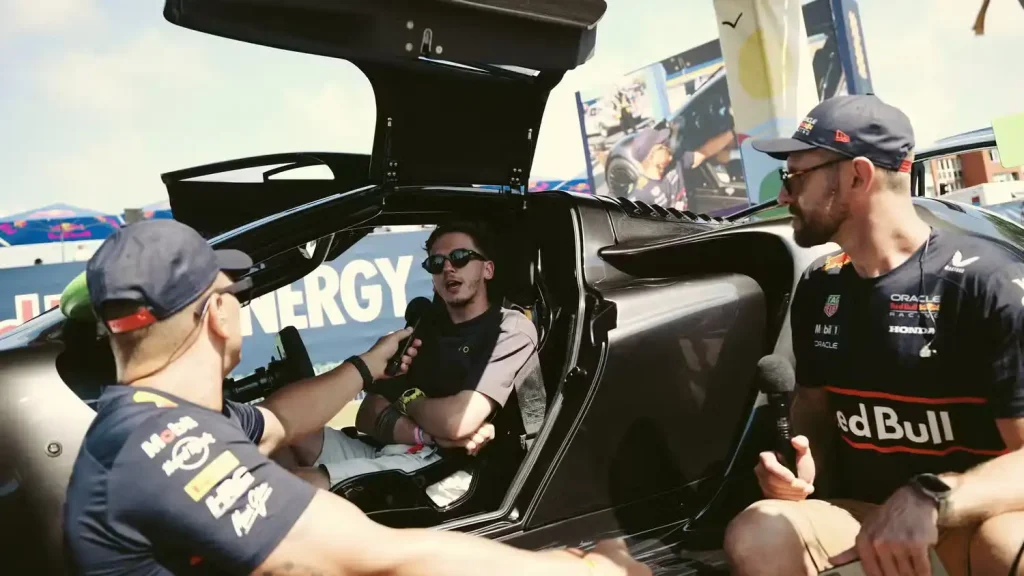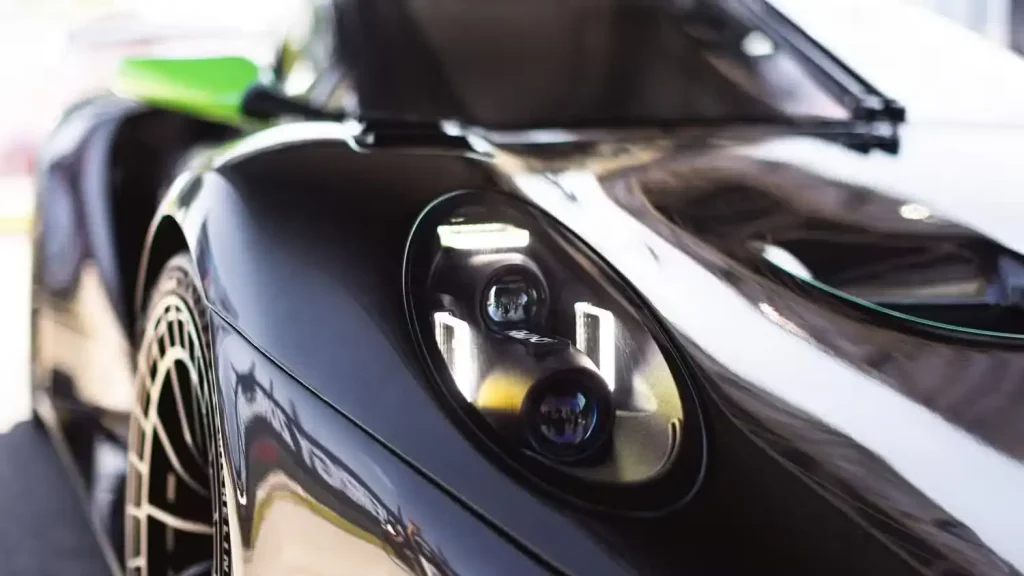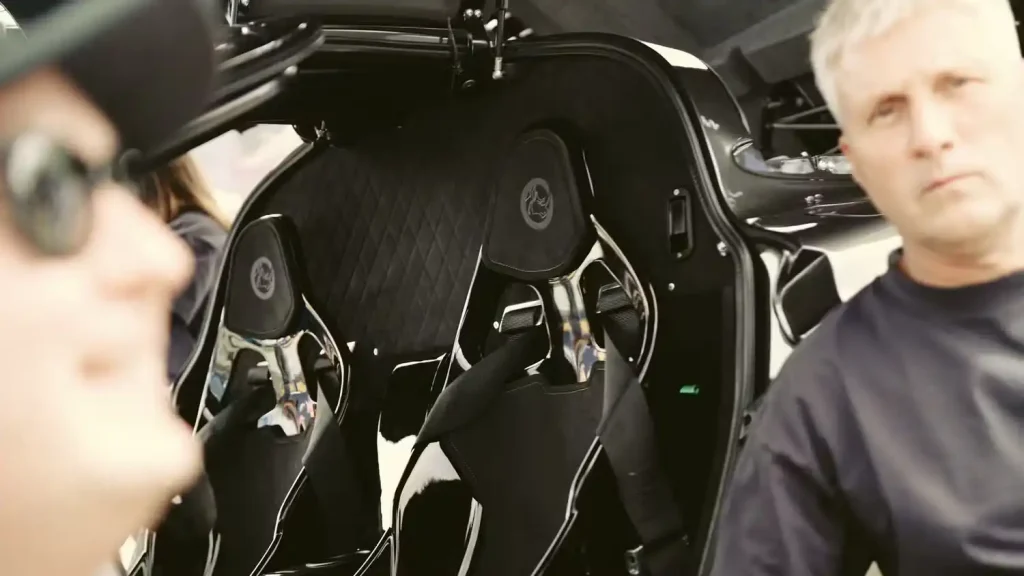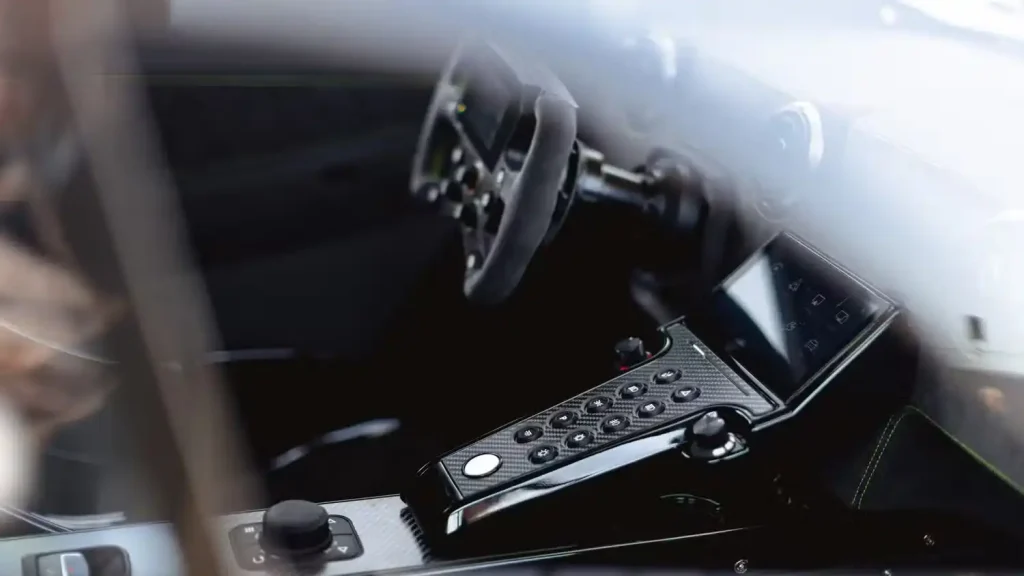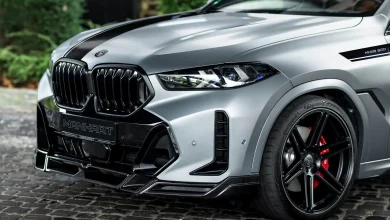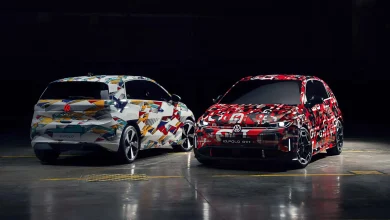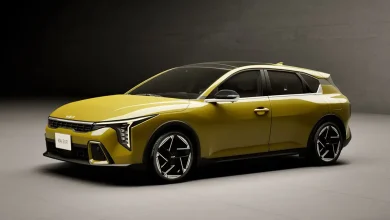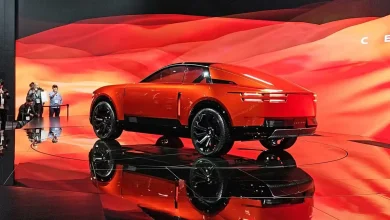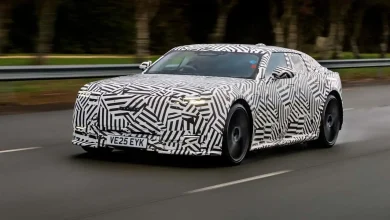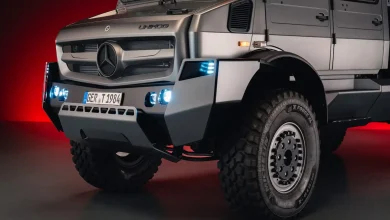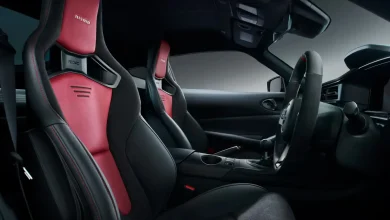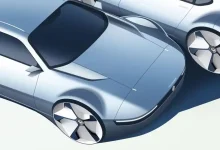Rhino Racing RR01 Trades V10 for American Muscle Power
"Lithuania’s first supercar has undergone significant changes—now 80% new since its initial reveal—and is finally ready for launch."
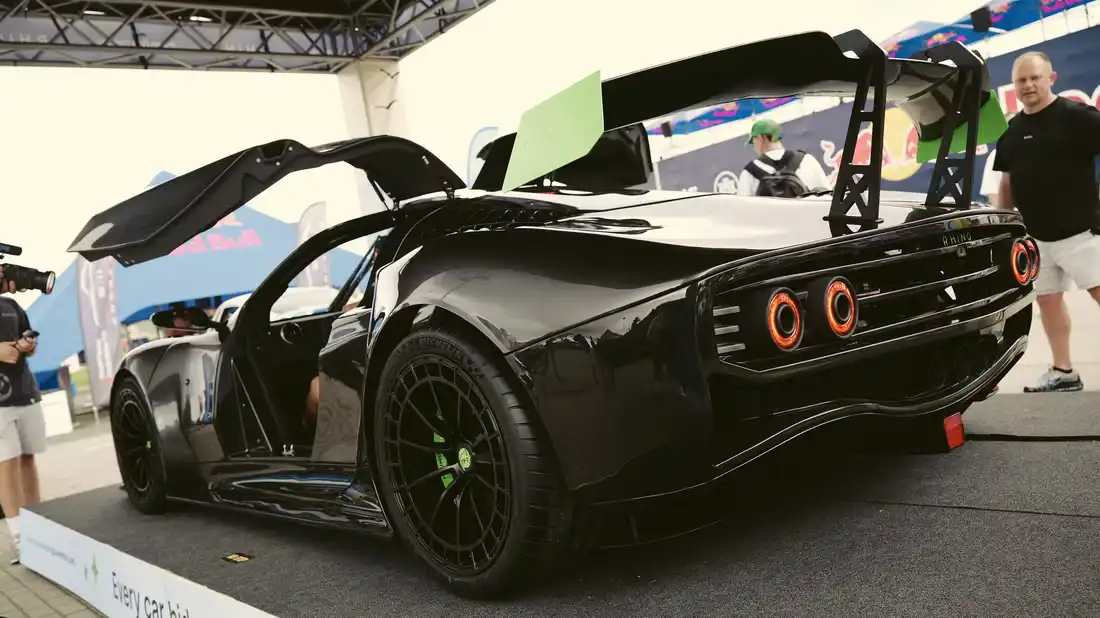
Eighteen months ago, a team of Lithuanian engineers unveiled a prototype for a bold new supercar. Dubbed the Rhino Racing RR01, it was powered by an Audi R8-sourced V10 and aimed to be surprisingly affordable—thanks in part to its unique DIY assembly model that let buyers build the car themselves.
Now, the production-ready Rhino Racing RR01 has arrived—and it’s nearly a clean-sheet redesign. Nearly every component has been reworked. The price has doubled, the engine has fewer cylinders, but the car looks better than ever. It’s also far more practical, thanks to a redesigned interior and a more street-friendly transmission replacing the original race-spec gearbox. And unlike the prototype, Rhino Racing will now handle the assembly for you.
Production Model Features 80% New Components
Transitioning from prototype to production, Rhino Racing reports that roughly 80% of the RR01’s components have been replaced—virtually the entire car. This overhaul required fresh engineering and a complete rethinking of the supply chain. According to co-founder Vėjas Pajarskas, the demand was clear, but the team held off, stating, “We didn’t want to release an unfinished product.”
One of the biggest changes lies just behind the driver. Originally, Rhino Racing intended to power the RR01 with the glorious V10 from the Audi R8. The catch? That engine is only available used—far from ideal when you’re aiming to deliver a brand-new supercar.
Instead, Rhino Racing RR01 has opted for a Ford Performance 5.0-liter Coyote V8. Output ranges from 480 to 600 horsepower, depending on the customer’s preferences—and the engine’s tuning potential means there’s room for even more, should you crave it.
The gearbox tying this wild setup together is also brand new. The original race-spec sequential transmission has been ditched—“unbearable in the city,” as Pajarskas put it. In its place is a far more civilized and familiar option: a seven-speed dual-clutch transmission sourced from Porsche.
RR01 Now Looks Like a Fully Finished Car
While Rhino’s prototype impressed with its aggressive styling, it was clearly a work in progress—lacking even a proper interior. The production model changes all that, featuring a handcrafted F1-style steering wheel and suede accents throughout the cabin. It comes equipped with fixed bucket seats fitted with six-point harnesses; though the seats themselves don’t adjust, the pedals and steering wheel do, allowing drivers to find their ideal driving position comfortably.
The production Rhino Racing RR01 now includes modern conveniences like a stereo system with Apple CarPlay. The mirrors have been upgraded to larger, power-adjustable units, complemented by a rearview camera that provides clear visibility behind the car. Despite—or perhaps thanks to—all these additions, the RR01 tips the scales at a lightweight 2,645 pounds.
The Rhino Racing RR01 is priced at €150,000—roughly $174,000 at current exchange rates—significantly higher than the €25,000 price mentioned back in 2023. However, that earlier figure was somewhat misleading, as it excluded the cost of the engine and assembly. The new price covers both, plus all available options. Rhino Racing also notes that by opting for some pre-owned parts and different configurations, buyers can bring the cost down to around €70,000 ($81,000). For those seeking something more powerful or unique, there are higher-end engine choices and customizations available as well.
The RR01 is already available for purchase, with Rhino Racing reporting sales in the US, Japan, Australia, and Germany. Thanks to its kit car status, registration is simpler—even in countries with strict regulations like the US. Production takes around a month per vehicle, with an annual capacity of up to 60 cars.
